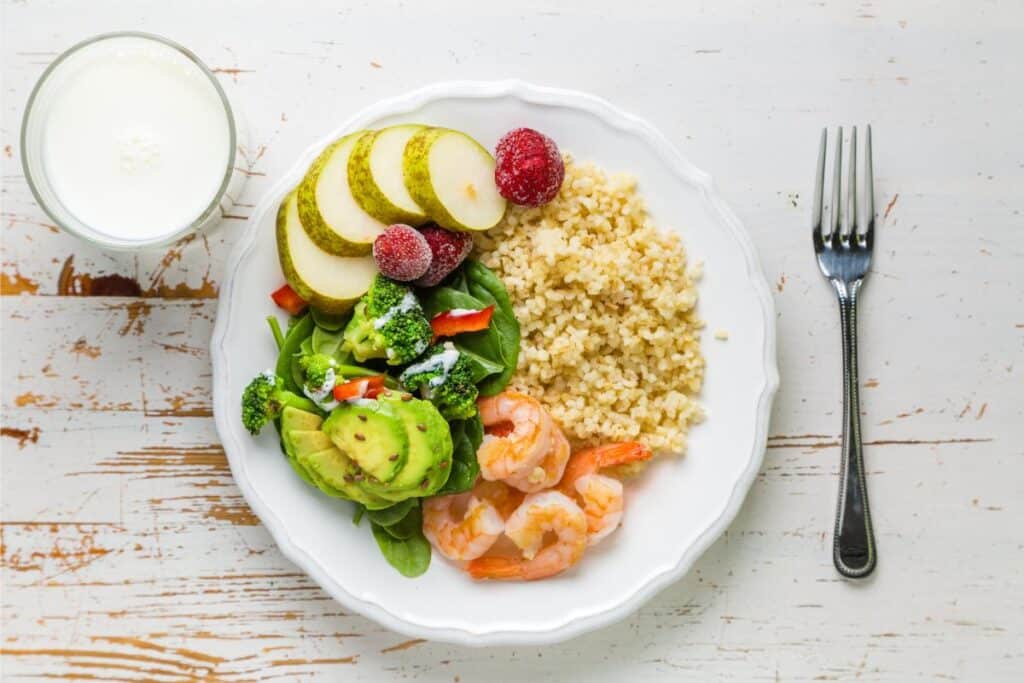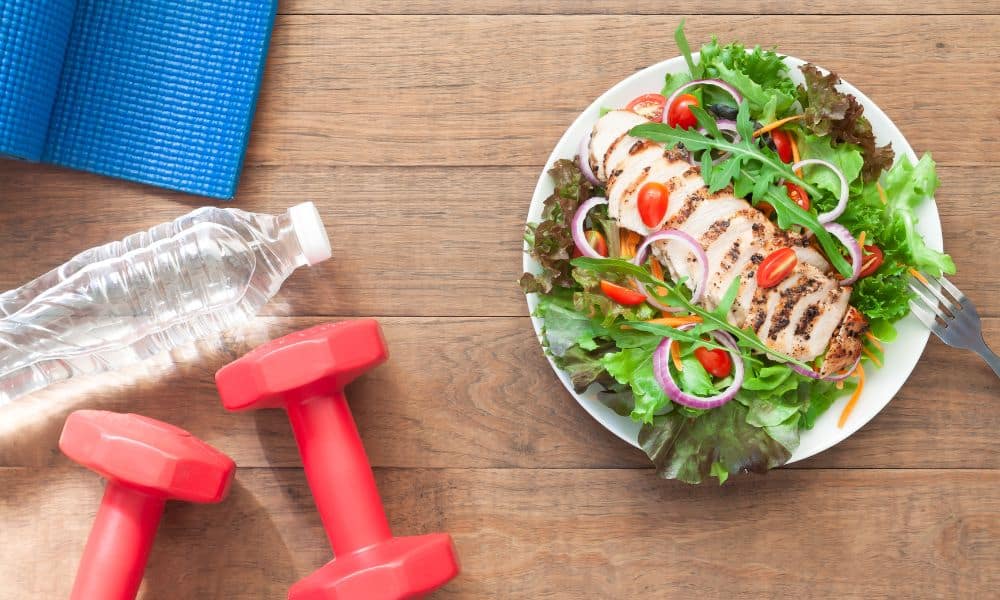For many on a fat loss journey, the concept of portion control can be elusive. Understanding what portion control looks like in practice is crucial for sustainable weight loss. This article will clarify the concept by providing concrete examples of portion control and how to implement them into your diet for effective fat loss.
The Significance of Portion Control in Fat Loss
Portion control is a critical factor in managing caloric intake. It’s the practice of determining the right amounts of various foods to eat at each meal. When executed correctly, portion control can help create the caloric deficit needed for weight loss without the need for drastic dietary changes.
Examples of Portion Control
For Proteins:
– Chicken: A 3-ounce serving, about the size of a deck of cards
– Beans: Half a cup, roughly the size of a cupped hand
For Vegetables:
– Leafy Greens: Two cups, equivalent to two fists
– Cooked Vegetables: One cup, approximately the size of a baseball
For Carbohydrates:
– Cooked Pasta: Half a cup, about the size of a tennis ball
– Brown Rice: One-third of a cup, fitting into the palm of your hand
For Fats:
– Olive Oil: One tablespoon, about the size of a thumb tip
– Avocado: One-quarter of a medium avocado, the size of a golf ball
For Snacks:
– Nuts: One ounce, a small handful or a full cupped hand
– Cheese: 1.5 ounces, roughly the size of three dice or a thumb
Implementing these portion control examples can help you balance your meals and ensure you’re getting enough nutrients while keeping calories in check.
Tips for Implementing Portion Control
Use Measuring Tools
Initially, use kitchen scales and measuring cups to get a feel for correct portion sizes.
Visualize Portion Sizes
Use everyday objects to visualize portion sizes, as outlined above, to make it easier to estimate servings without measuring every meal.
Read Labels
Always read nutritional labels to determine the serving size and how many servings are in a package.
Pre-portion Your Meals
Meal prepping with portion control in mind can prevent overeating.
Listen to Your Hunger Cues
Eat slowly and stop eating when you’re comfortably full, even if there’s still food on your plate.
Avoid Eating from the Package
Serve yourself a portion on a plate or bowl instead of eating straight from the package to avoid mindless eating.
Conclusion
Portion control doesn’t have to be complicated. By following the examples of portion control outlined above and using visual comparisons, you can eat a balanced diet that supports your fat loss goals. Remember, consistency is key. With practice, portion control will become second nature, paving the way for successful and sustainable weight loss.
In conclusion, portion control is an essential element of a successful fat loss journey. By understanding and applying these practical examples of portion control to your daily meals, you’ll be better equipped to regulate your caloric intake and promote fat loss. Over time, these habits can lead to significant progress towards your weight loss goals and a healthier overall lifestyle.




